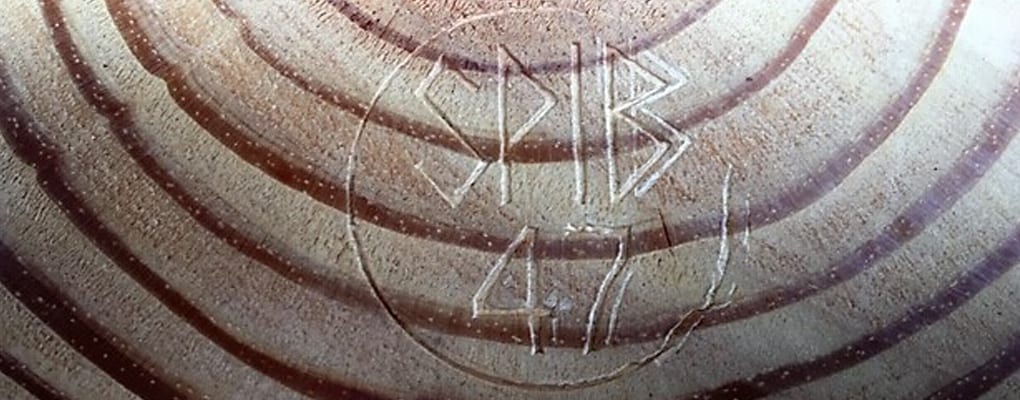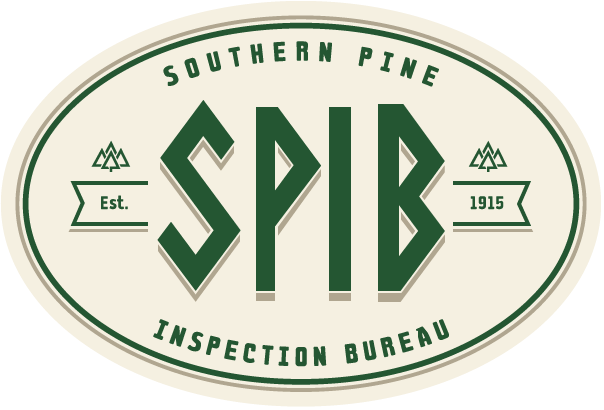
Lumber Grade-Marking History: 1919
Introduction
1919 was another year that left an incredible mark on the globe, and particularly on the United States. In July, the United States Army sent a convoy across the continental U.S. to see whether or not it would be possible to cross all of North America by road. This particular effort took many months to complete and was woefully inefficient, but because of it, the U.S. Highway System would be born.
Likewise, 1919 was the year in which the Treaty of Versailles would be signed. Though it would not go into effect for many months, it marked the first step towards formally ending World War I.
In the years leading up to 1919, the Forest Products Laboratory had been urging for the creation of a national lumber standardization to help bring about greater uniformity in the standards for similar grades of competing species and sizes of yard and factory lumber. As you will learn in this section, this was an important time when the seeds of their efforts would finally start to bear fruit.
You will also learn about how the Southern Pine Association inspection department continued its program of inspections and claims and the insight they were able to uncover as a result. You will learn about the activities of the American Lumber Congress all throughout the year and the things we wouldn’t have today without them. More than anything else, you will continue to track the beginning chapters of a narrative behind an industry that, in many ways, is still unfolding in front of our eyes to this day.
1919
Inception of the process of official, national establishment and trade-wide recognition of American Lumber Standards may be dated from the convention of the American Lumber Congress in 1919. While the simplification of sizes, nomenclature, grades and trade practices had been studied and handled by industry for many years prior to meet the prevailing needs of consumer, retailer, wholesaler and manufacturer, there existed a variation in regional practices. It was considered that the size, grade and name of lumber of similar characteristics, and intended for similar purposes even though cut from different species could be manufactured and merchandised in accordance with fixed standards.
The Forest Products Laboratory had been urging national lumber standardization. They claimed to have a sound basis for constructive advance to the working out of a greater uniformity in the standards for similar grades of competing species, and sizes of yard and factory lumber.
The approval of size standardization of all species of softwood lumber as submitted by the National Lumber Manufacturers Association was recommended – no material changes in the then existing standards for southern pine were involved.
Several minor changes in the southern pine grading specifications were made. Efforts were exerted to keep in touch with changing conditions in the industry to initiate and support, from time to time, recommendations regarding specifications and grade inspections for the benefit of buyers and producers of southern pine.
The SPA Inspection department continued its program of inspections and claims. Efficiency cards for mill graders were in use. Labor conditions interfered with the attendance at the local grader conferences because mill managers were skeptical of the outcome of their graders contacting and discussing labor matters with men from other mills. The value of and attendance at the conferences was urged.
The SPA Export Inspection Department was organized August 1, 1919, and arrangements were made for the services of the American Pitch Pine Export Company (Appeco). Use of the new department by foreign buyers was emphasized.
The U.S. Shipping Board Emergency Fleet Corporation arranged for the SPA Inspection Service to tally and grade the surplus lumber at various shipyards in the Eastern and Southern states.
The Federal Anti-Trust Act which prescribed that all combinations in the restraint of trade injurious to the public good be unlawful, was modified and supported.
